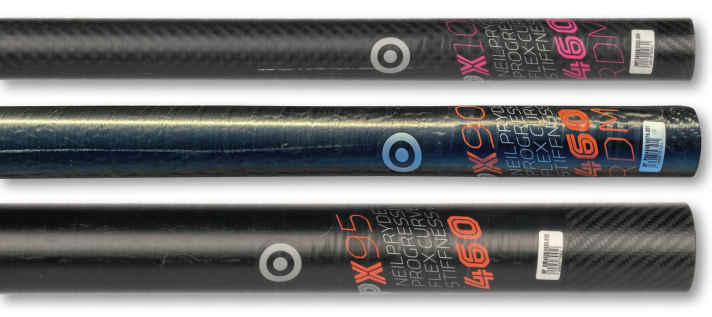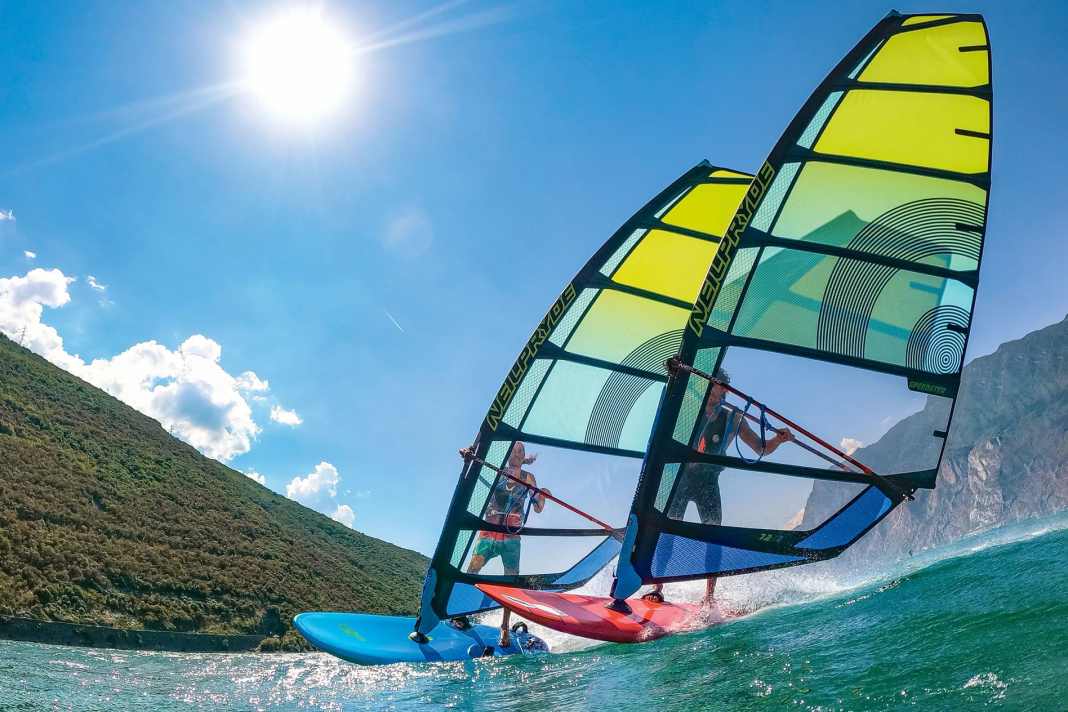





We compared the 460 masts for these sails:
(Click to go to the individual rating)
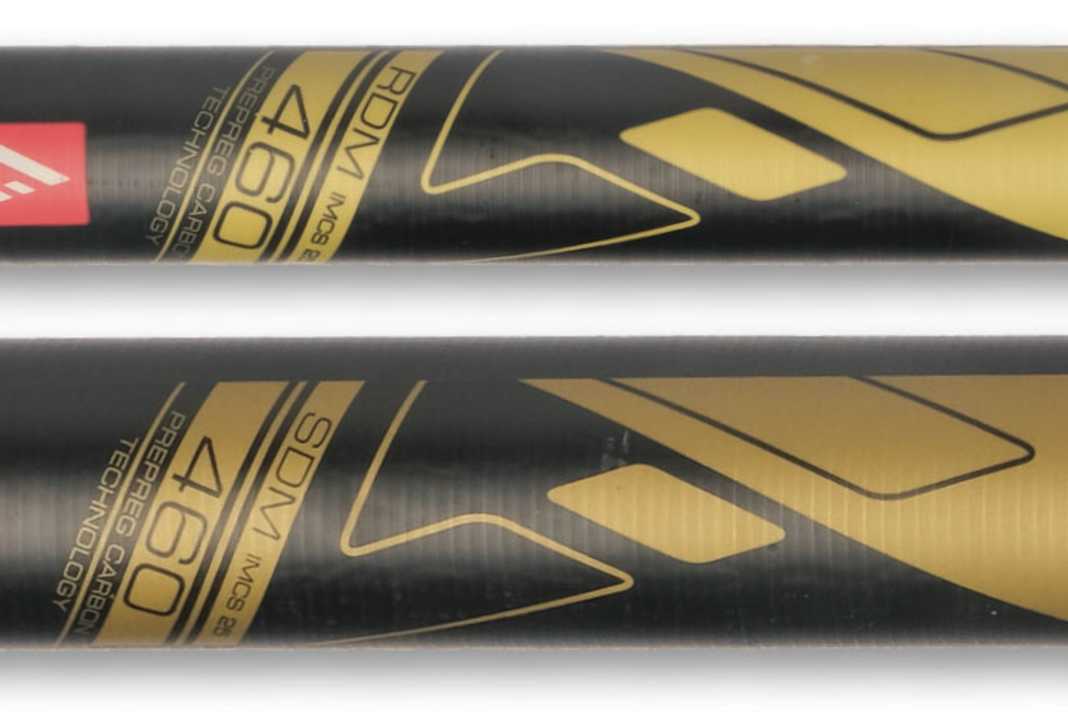




Thin RDM masts under six square metres dominate in the shop and on the beach. At a length of 4.60 metres, however, many surfers do not (yet) have the confidence to use these thin masts. However, RDM masts in this length now work perfectly and in some cases better than the classic standard masts, even in seven-seater sails. In terms of trim forces, we couldn't feel any differences in a direct comparison of RDM vs. SDM. There could be an advantage when setting up: If you already use all the shorter masts in RDM, you can save yourself the thick extension for the large sail and thread the masts into the mast sleeve noticeably more easily.
The RDM masts performed well or even "better" in all the sails tested.
Apart from slight differences, with Sailloft for example, the sails on RDM and SDM are pretty much the same on land - however, the boom usually has to be set around two centimetres longer for an equally deep profile on RDM masts. The thinner mast simply releases a little more cloth from the mast sleeve for the profile formation. The following applies to all RDMs tested: Worries about a mast that is too soft are unfounded. All test masts stabilise the sails well to very well even at just under 90 kilos and in good winds. However, the SDM mast variant still stretches the profile one turn in terms of tautness and direct sail feel, which could be more to the liking of very race-orientated surfers in particular. In manoeuvres, the RDM usually wins with softer batten rotation and somewhat more agile handling.
On RDM masts, the boom usually has to be set a good two centimetres longer.
In general, it can be said for all the combos tested that the SDM mast is always a shade crisper and minimally more stable. On the other hand, the handling on the RDM in this sail size is also only slightly better. The choice is therefore often decided by subtleties: The RDM handles more comfortably in manoeuvres and gives the sail a little more damping - which should suit lighter surfers in particular. If you weigh well over 85 kilos and like to surf at full throttle when powered up, the SDM offers the maximum firm ride - which doesn't mean that the sail can't also have a very sporty, direct effect on the RDM, like the Sailloft Cross or NeilPryde Speedster.
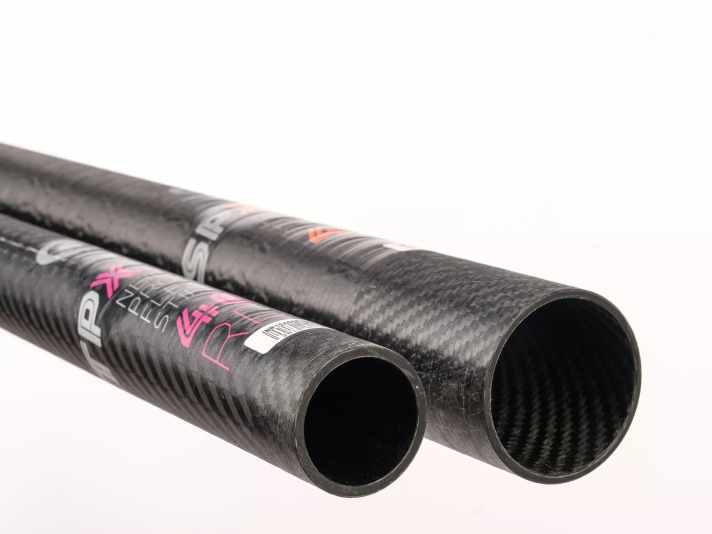
Gunsails Zoom 7.2
The cut concept of the Gunsail Zoom means that the battens slide far to the side of the mast without any wind pressure - unlike the NeilPryde, for example. In order to achieve a similarly low profile, the boom on the RDM mast must also be set about two centimetres longer. The path of the battens past the mast is slightly longer, but the sail rotates very well and smoothly in both cases, as the battens do not have as much internal tension as the NeilPryde sail. However, the RDM mast can only gain the slightest advantage in manoeuvres because the SDM counterpart already offers superb jibe handling.
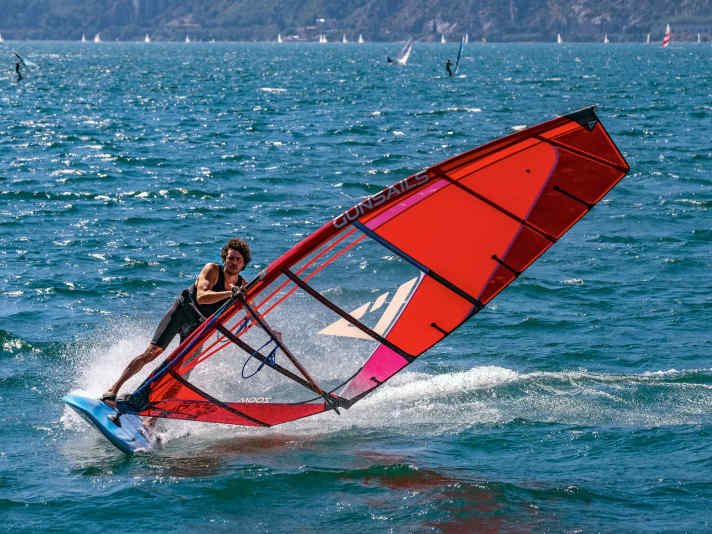
On the 100 SDM, the sail not only feels light, but also builds up good pull when pumping and transitions into a very controlled speed session with a slightly dampened ride. The sail is stable in the hands - and even with only moderate outhaul tension and even in strong gusts, it never pulls excessively on the back hand. The picture hardly changes on the Select RDM, which also has 100 per cent carbon content: the sail works slightly more in choppy water and appears a shade more damped. However, the centre of effort remains just as well under control and the riding stability is still very good. The sail lies smoothly and hardly requires any corrections.
surf recommendation Gunsails:
Both masts provide a very similar, stable and slightly damped ride in the Zoom 7.0. The SDM only wins by a wafer-thin margin with a few points due to its slightly stiffer feel over 85 kilos of surfer weight.
Technical data Gunsails
- Select RDM 460: 419 euros; 2.02 kilos
- Select SDM 460: 455 euros; 2.02 kilos
- to the Gunsails website

Sailloft Cross 7.0
Sailloft sails are not generally known as softies, and this thin RDM is also anything but a soft liquorice stick. This mast has real resilience, the sail looks pithy on it and can also be recommended to heavy surfers without hesitation. It is just as stable and controllable in the hands on the RDM as on the thicker SDM, which is even thicker than usual in the jibe or tack and is quite smooth to grip. The profile is slightly flatter on the RDM, and the sail even achieved slightly better speed in the middle and upper wind range during our runs on it.
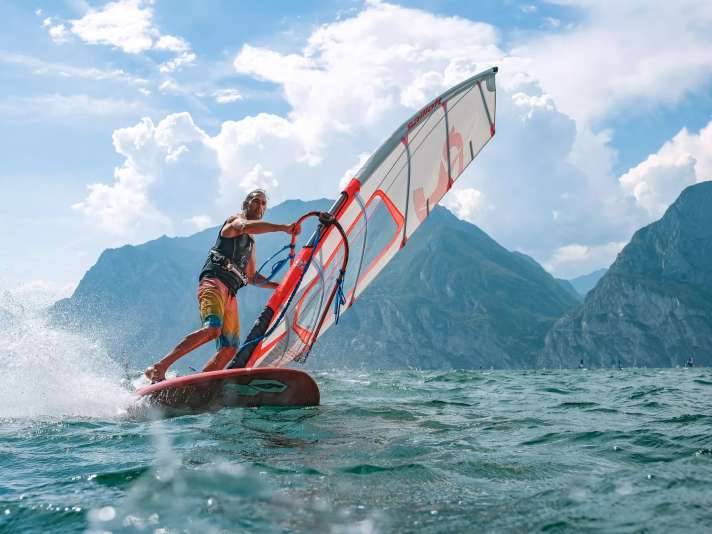
While the SDM mast allows the sail to develop a little more belly - which provides a little more ground draft during passive planing and slightly more acceleration over the first few metres - the thin mast scores with less resistance during batten rotation. Regardless of the mast: the Cross is particularly stable in terms of pressure point and is always stable in the hands. We were unable to make a full comparison with the SDM on a 7.5 cross, but the RDM we tested supported this sail size perfectly even at just under 90 kilos on the boom.
Surf recommendation Sailloft:
For our test team, the RDM would be the most suitable all-round mast for the Cross 7.0 - and the SDM would be the tip for surfers weighing at least over 90 kilos. The RDM is easier to handle, faster and lubricates manoeuvring - the SDM ensures maximum profile stability, which lighter surfers already get on the RDM.
Technical data Sailloft
- Red Line 100 RDM 460: 769 euros; 1.92 kilos
- Red Line 100 SDM 460: 849 euros; 1.86 kilos
- to the Sailloft website

Severne Gator 7.0
The Severne Gator enters this round as a large freemove sail with only five battens according to the key data on paper and fulfils expectations on both masts. Even on the SDM mast, the sail is quite agile in the hand when duffing and in manoeuvres, it can be directed playfully for its size. With the RDM, this characteristic becomes even clearer. On the straights, it is surprisingly stable on the board, with the SDM mast a little calmer and in gusts a little more direct and perhaps a little faster. But it is also fast with the 90 mm RDM mast. According to Severne insider information, this is a tad harder than the 100 Red Line - and therefore a good choice in this length. In terms of performance, the two masts hardly have anything in common, with the RDM mast only having the slightest advantage when planing.
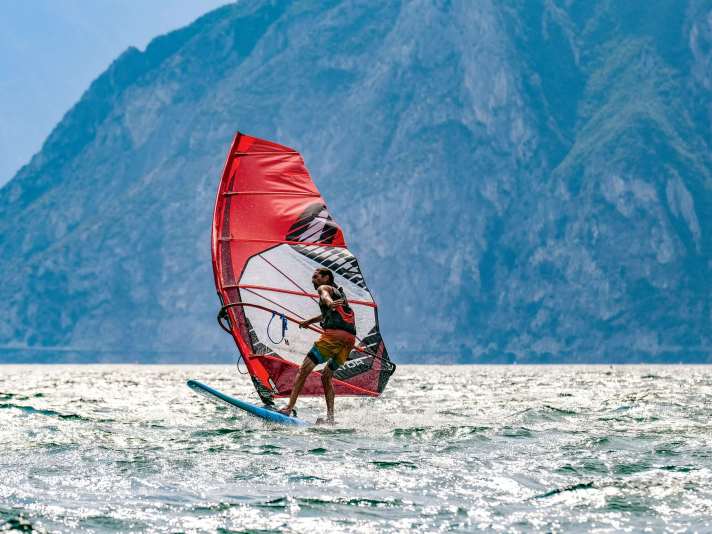
surf recommendation Severne:
If you use the Gator as a large manoeuvring sail, the RDM is the best choice, for rather long strokes the SDM is the better choice. The differences remain small.
Technical data Severne
- Blue 460 RDM: 600 euros; 1.94 kilos
- Apex 460 SDM: 620 euros; 1.94 kilos
- to the Severne website

NeilPryde Speedster 7.2
For the NeilPryde Speedster, we were even able to access three masts for the test: an SDM with 95 per cent carbon, and in comparison the RDM masts with 90 and 100 per cent. There is no 95 per cent RDM in the NeilPryde range. In the first comparison - RDM 100 versus SDM 95 - the SDM impresses with its maximum sporty, direct feel. This is how you imagine a camberless freerace sail: inherently stable, calm even in gusts, with good planing power and plenty of speed, yet always tight and direct.
On the RDM, the sail seems subjectively a little smaller and easier to handle - perhaps also because it is not quite so rigid in the hands. On the 100 RDM it requires more frequent fine adjustments to the sail position, the profile works noticeably more, it doesn't compress, but there is still more movement in the sail - especially when gliding through rough choppy water. With the centre of effort further back and consequently a little more pull on the back hand, the RDM set planes a nuance earlier. In strong winds, however, the stiff profile on the SDM remains unrivalled and provides the best control.
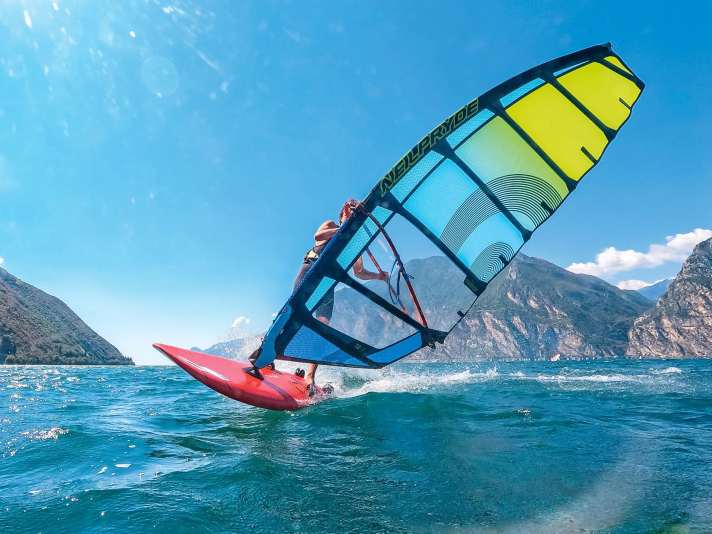
The surprise was the RDM with 90 per cent carbon tested below. The sail is calmer in the wind than with the 100 per cent and appears a little tighter, very close to the SDM set-up - and gives a very sporty feeling when heated. The subjectively smaller feeling is retained, the sail feels very calm and pleasantly damped. In manoeuvres, the mast diameter does not play a role in Neilpryde's cutting concept, because the battens are behind the mast even without wind pressure and pass it without contact when jibing, even on the SDM. Instead of folding around the mast, the Speedster's battens in the heavily pre-stressed profile turn slightly more noticeably.
Surf recommendation NeilPryde:
Our testers would go for the 90 mm RDM as their first choice, then the SDM 100 and finally the RDM 100 - which also works "well" in the 460 mm length in a 7.2 mm sail. For surfers over 90kg, first and second place are probably interchangeable.
Technical data NeilPryde
- TPX 100 RDM 460: 899 euros; 1.88 kilos
- SPX 90 RDM 460: 719 euros; 1.96 kilos
- SPX 95 SDM 460: 689 euros; 1.92 kilos
- to the NeilPryde website
